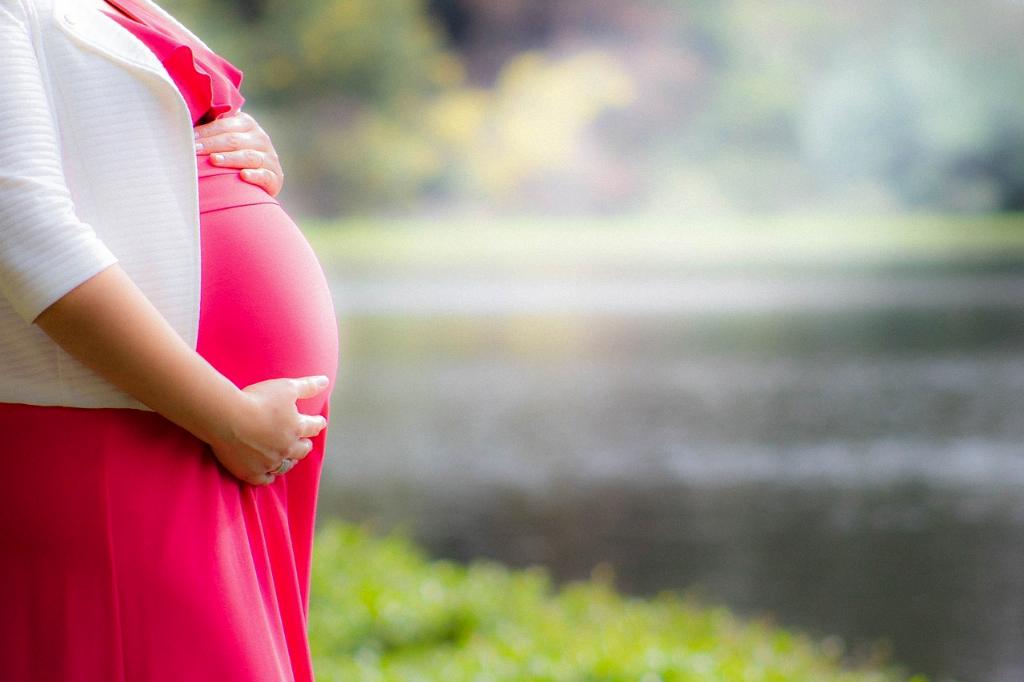During pregnancy, the body undergoes numerous changes, including hormonal fluctuations that can lead to various skin issues. Spider veins, characterized by purple or blue twisted veins visible just beneath the skin’s surface, are a common concern among pregnant women. These veins typically occur due to increased blood volume and pressure on the blood vessels in the legs.
The Postpartum Transformation
Fortunately, the purple veins that appear during pregnancy often resolve on their own after childbirth. As the body gradually returns to its pre-pregnancy state, the hormonal imbalance that contributed to the development of spider veins diminishes. In most cases, you can expect the veins to fade away within a few months postpartum.
Home Remedies for Spider Veins
While spider veins typically disappear on their own, there are steps you can take to facilitate their disappearance. Elevating your legs when resting, avoiding crossing your legs for extended periods, and engaging in light exercise can help improve blood circulation and prevent more spider veins from forming.
Post-Pregnancy Lifestyle Changes
After giving birth, it’s essential to prioritize your overall health and well-being. Consuming a balanced diet rich in vitamins and minerals, staying hydrated, and maintaining a healthy weight can all contribute to promoting vascular health and reducing the appearance of spider veins.
Consulting a Healthcare Professional
If you find that the purple veins persist or worsen significantly after childbirth, it may be beneficial to consult with a healthcare professional specializing in vein health. They can provide personalized recommendations and treatment options to address any lingering concerns.
Wearing Compression Garments
During pregnancy and in the postpartum period, wearing compression stockings or garments can help alleviate discomfort associated with spider veins. These garments apply gentle pressure to the legs, promoting healthy blood flow and reducing the risk of developing more spider veins.
Monitoring Your Symptoms
It’s important to stay vigilant about changes in your skin during and after pregnancy. Keep an eye on the appearance of spider veins, noting any alterations in size, color, or discomfort. If you notice any concerning developments, don’t hesitate to seek medical advice.
Embracing Body Positivity
Remember that the changes your body undergoes during pregnancy are entirely natural and temporary. Embrace the journey of motherhood, and allow yourself the time and grace to recover and adjust. Maintaining a positive mindset can positively impact your overall well-being.
Utilizing Self-Care Techniques
Incorporate self-care practices into your daily routine to promote relaxation and reduce stress levels. Activities such as meditation, gentle stretching, and skincare rituals can help you unwind and prioritize your mental and physical health, aiding in the process of postpartum recovery.
Seeking Support from Others
Don’t hesitate to reach out to friends, family members, or support groups for guidance and encouragement during the postpartum period. Sharing your experiences and emotions with others can offer valuable perspective and reassurance as you navigate the challenges of new motherhood.
Monitoring Progress and Patience
As your body gradually adjusts after pregnancy, continue to observe changes in your skin and overall well-being. Be patient with the postpartum recovery process, understanding that it takes time for your body to return to its pre-pregnancy state. Celebrate small victories along the way.
Conclusion
In conclusion, while purple veins that appear during pregnancy are a common occurrence, they typically fade away after childbirth as the body readjusts and hormonal fluctuations subside. By implementing healthy lifestyle practices, seeking support when needed, and monitoring your symptoms, you can navigate the postpartum period with confidence and grace.

